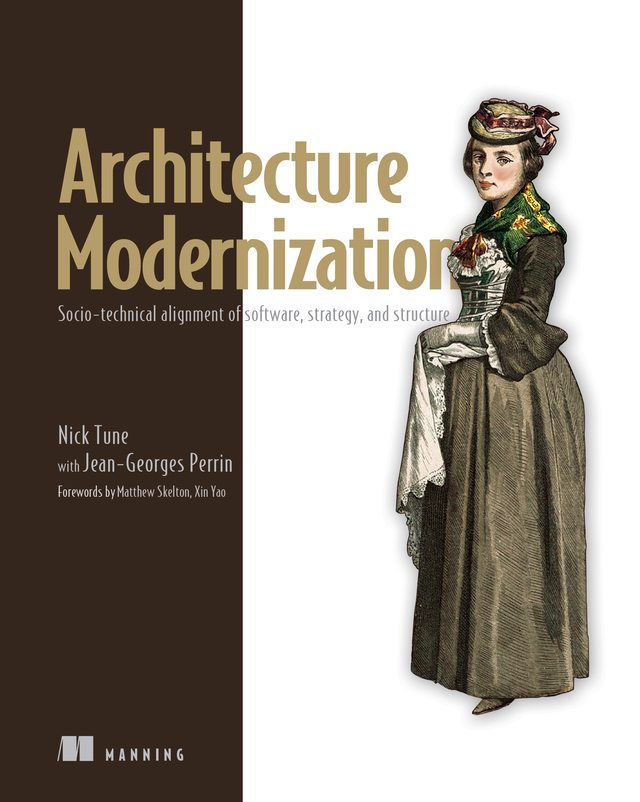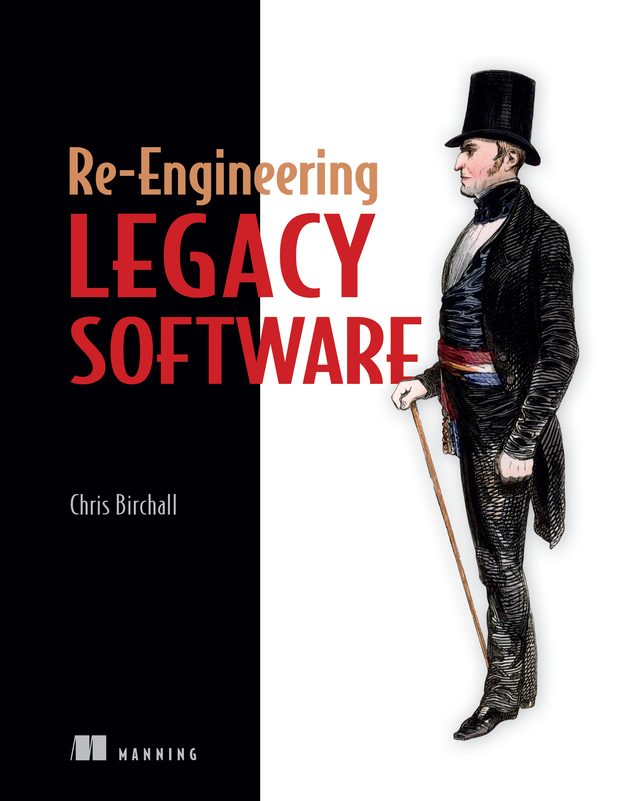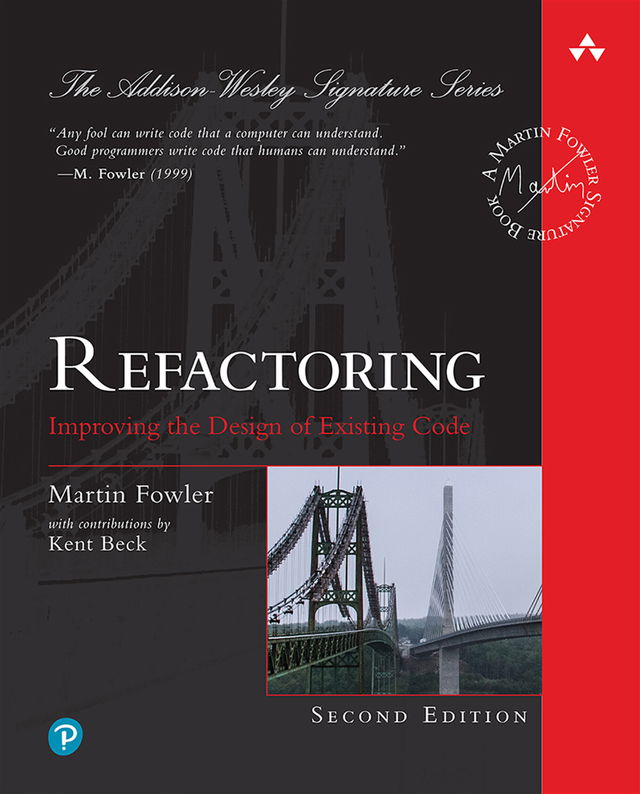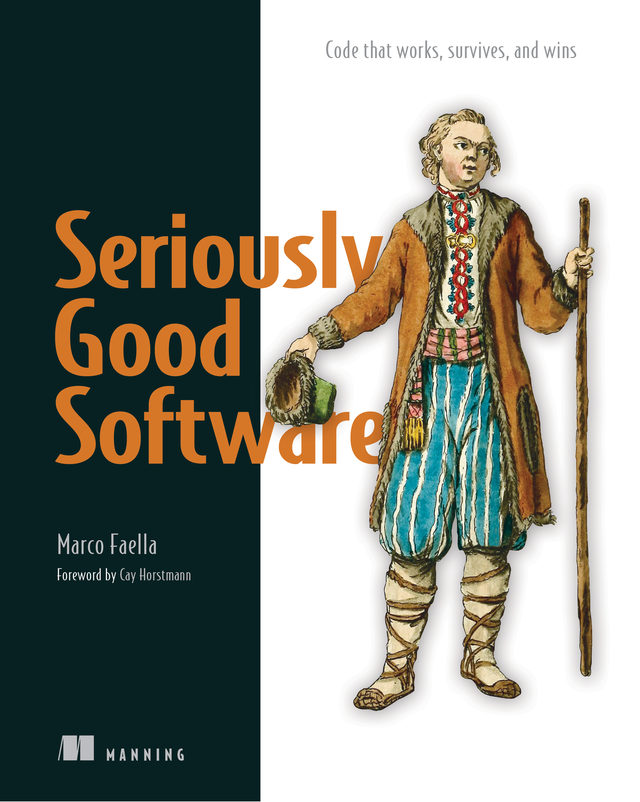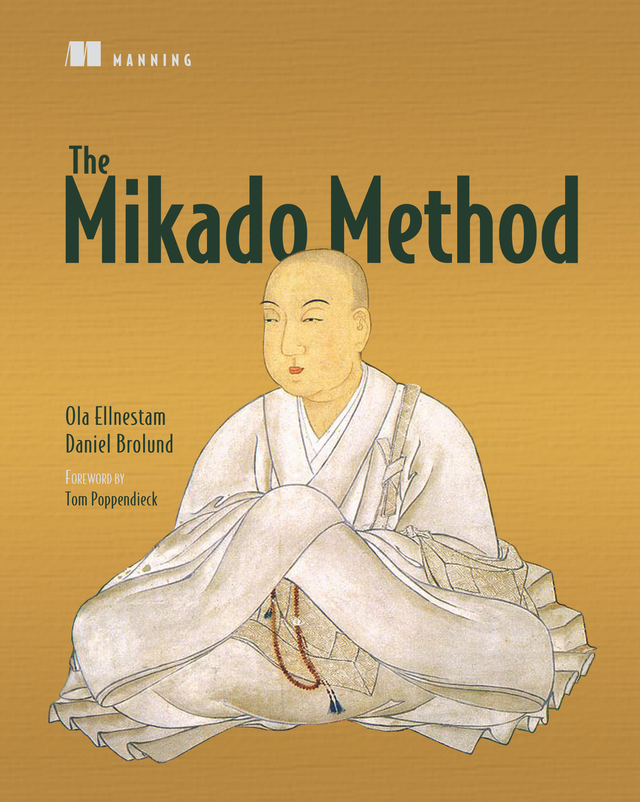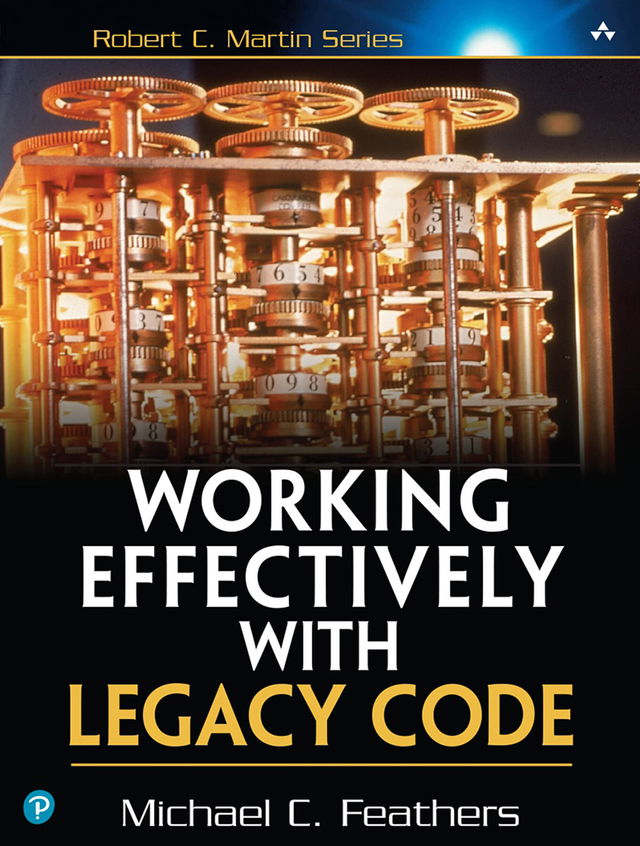Proven techniques and principles for modernizing legacy systems into new architectures that deliver serious competitive advantage.
For a business to thrive, it needs a modern software architecture that is aligned with its corporate architecture. This book presents concrete practices that sync software, product, strategy, team dynamics, and work practices. You’ll evolve your technical and social architecture together, reducing needless dependencies and achieving faster flow of innovation across your organization.
In Architecture Modernization: Socio-technical alignment of software, strategy, and structure you’ll learn how to:
- Identify strategic ambitions and challenges using listening and mapping tours
- Visualize your business landscape and crucial capabilities with Wardley Mapping
- Create a product taxonomy as a framework for your architecture
- Run big picture EventStorming workshops to map business domains
- Apply Team Topologies patterns to identify and refine value streams
- Design loosely coupled, domain-aligned software architectures
- Build internal developer platforms for rapid, reliable evolution
- Implement data mesh principles and tools to revolutionize data engineering
- Deliver compelling modernization roadmaps focused on continuous value
Architecture Modernization: Socio-technical alignment of software, strategy, and structure shows you how to turn the practice of architecting systems into a transformative process for your entire company. Chapter-by-chapter, you’ll identify the reasons and benefits of modernization, design an architecture that works for your business, and then implement your new approach in a progressive and sustainable manner. Every technique is illustrated with insightful industry examples and an interactive Miro board that lets you dig deeper.
